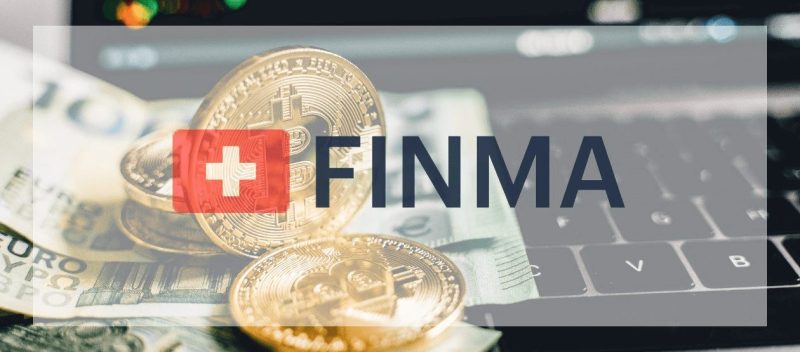As stablecoins continue to gain traction globally, regulatory initiatives like FINMA’s guidance are likely to influence policies in other jurisdictions. In a move aimed at bolstering regulatory oversight and mitigating financial risks, the Swiss Financial Market Supervisory Authority (FINMA) has proposed new guidelines for stablecoin issuers. The proposal comes amid growing concerns over the potential impact of stablecoins on regulated institutions and the broader financial ecosystem.
New Classification and AML Obligations
According to a recent guidance document, FINMA seeks to classify stablecoin issuers as financial intermediaries. This classification underscores the increased risks associated with money laundering, terror funding, and sanctions evasion linked to these digital assets. Stablecoins, which are digital assets linked to traditional currencies or other assets to maintain a stable value, have experienced increased adoption. However, their rapid growth has prompted regulatory concerns globally due to potential misuse for illicit activities.
In its guidance, issued on July 26, FINMA emphasized that stablecoin issuers must be subject to the same Anti-Money Laundering (AML) obligations as traditional financial institutions. This includes verifying the identity of stablecoin holders and establishing the identity of beneficial owners. FINMA stated, “The stablecoin issuer is therefore considered a financial intermediary for Anti-Money Laundering legislation and must, among other things, verify the identity of the stablecoin holder as the customer following the applicable obligations (Art. 3 AMLA) and establish the identity of the beneficial owner (Art. 4 AMLA).”
Framework for Default Guarantees
In addition to AML compliance, FINMA explained how stablecoin issuers can operate without a banking license if they meet certain conditions. These conditions are designed to protect depositors, requiring issuers to have a guarantee from a bank in case of default. According to FINMA, the framework sets minimum requirements for default guarantees, mandating issuers to inform customers, stay within guarantee limits, and allow immediate claims in case of insolvency without waiting for a certificate of loss.
Enhancing Depositor Protection
While FINMA’s measures boost depositor protection, they do not match the security of a banking license. Nonetheless, the regulator is committed to mitigating default guarantee risks and ensuring stablecoin issuers meet robust standards to safeguard customers.
The stablecoin sector, which includes cryptocurrencies pegged to traditional currencies like Tether (USDT) and USDC (USDC), has experienced exponential growth in recent times, reaching unprecedented market capitalization in 2023. In response, global regulators are hastening to establish guidelines for this rapidly evolving sector. According to the PwC Global Crypto Regulation Report 2023, at least 25 countries, including Switzerland, had implemented stablecoin regulations or legislation by the year’s end.
